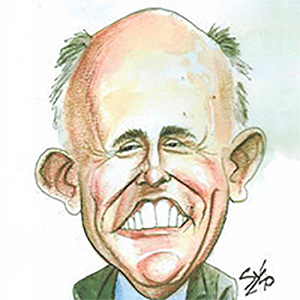Automotive
/Home & Leisure
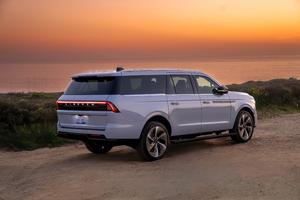
Eric's Autos: 2026 Lincoln Navigator
Lincoln no longer sells a full-size luxury sedan -- the kind of car that could carry five to six people in ultra-quiet comfort. That was -- for decades -- the Town Car, which Lincoln stopped selling after 2011, which was also the last year the Ford it was based on (the Crown Vic) was available.
Both of these full-size sedans were replaced by ...Read more
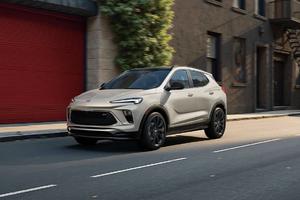
Eric's Autos: 2026 Buick Encore GX
Buicks aren't usually associated with affordability. Not that there's anything wrong with affordable brands. The point is that Buick is generally considered at least an almost-luxury-car brand, in the same general class as Audi, Acura and Volvo -- if not quite Lexus and Mercedes.
None of the latter sell anything that starts under $30,000.
But ...Read more
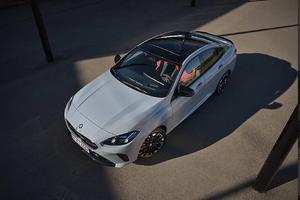
Eric's Autos: 2026 BMW 2 Series Gran Coupe
It used to be that a luxury brand's least expensive model was smaller and for that reason less practical than the more expensive models. It also usually looked like the least expensive model.
The upside was the lower price.
BMW's 2 Series Gran Coupe has a different upside. It doesn't look like BMW's second-least expensive sedan, the 3 ...Read more

Eric's Autos: 2025 Ford Bronco
There are lots of SUVs on the market -- but very few 4x4s. What's the difference? Well, it's the difference between a professional fighter and a guy who hits the bag at the gym on weekends. Both throw punches. One of them hits harder.
As with professional fighters, there are only a few 4x4s in the ring.
One of them is the Ford Bronco.
What It...Read more
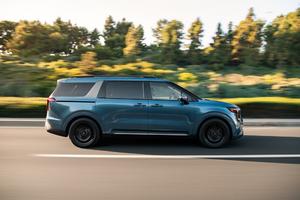
Eric''s Autos: 2026 Kia Carnival
Remember when minivans were as popular as crossovers and SUVs have become?
A better question might be: Why have crossovers and SUVs become so much more popular than minivans are now? The latter are objectively better in terms of practicality and utility, the two main reasons most people buy crossovers and SUVs. But minivans are roomier -...Read more
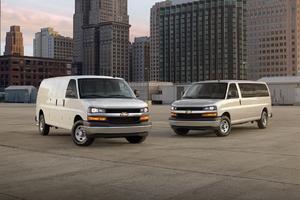
Eric's Auto: 2025 Chevy Express
It's a rare thing to get a chance to review a 29-year-old brand-new vehicle. The 2025 Chevy Express van is almost exactly that because it is basically the same today as it was back in 1996 -- and that's a good thing, if you're less than enthused about what's happened to vehicles since then.
What It is
The Express is a full-size van built like ...Read more
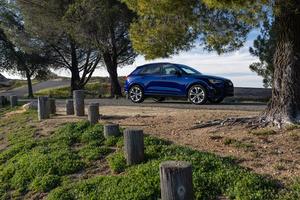
Eric's Autos: 2025 Audi Q3
One of the things compact, luxury-brand crossovers like the Audi Q3 have in common with other, otherwise similar small crossovers from other (non-luxury) brands such as Mazda, Hyundai and Kia is that they're all very similar.
That's a problem when you're a luxury brand and wanting to sell more or less the same thing for more money.
What It Is ...Read more
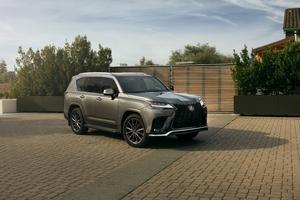
Eric's Autos: 2025 Lexus LX700h
Hybrid drivetrains -- in luxury vehicles -- are less about fuel efficiency than they are about more power and better performance. The new Lexus LX700h -- the hybridized version of the LX ultra-luxury SUV -- is a case in point.
The optional hybrid drivetrain doesn't appreciably increase the miles per gallon -- but it very much increases the ...Read more
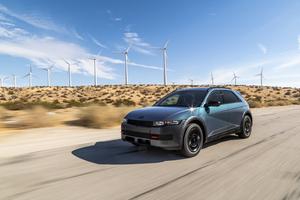
Eric's Autos: 2025 Hyundai Ioniq 5 XRT
You've probably seen off-roading Land Rovers and Jeeps with Jerry cans of gas strapped to their sides. The reason for that being that there aren't many gas stations around off-road. So it's interesting to see Hyundai offer an off-road version of the Ioniq 5, which is a compact electric crossover.
It does come standard with a larger/...Read more
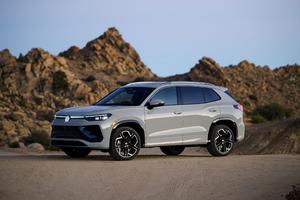
Eric's Autos; 2025 Volkswagen Tiguan
Volkswagen had a problem -- one of its own making.
It had a very successful small crossover -- the Tiguan -- that was the only German-brand crossover in its class. The Tiggy has always been a little more upmarket-feeling than the other crossovers in the compact crossover class, which were (and still are) Japanese, Korean and American.
Then VW ...Read more
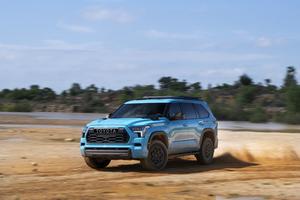
Eric's Autos: 2025 Toyota Sequoia
The Toyota Sequoia is still the same -- but also very different.
How so?
Well, it's still a full-size SUV, with real four-wheel drive and real off-road capability. But it no longer comes standard with a big V8; instead, it comes standard with much more powerful V6 that's only about half the size of the previously standard V8. It gets slightly ...Read more
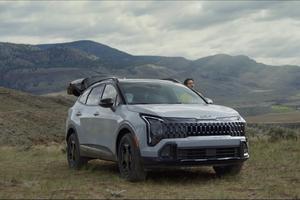
Eric's Autos: 2026 Kia Sportage Hybrid
It's been said -- and it's true -- that small crossovers are so alike that it's hard to tell them apart. So it's nice to come across one that's different. Not so much in terms of how it looks but in terms of a couple of things that matter.
What It Is
The Sportage is Kia's compact crossover; it competes with the half-dozen others in the class, ...Read more

